19 Jul 2016
Nereus and Dutch university rowing
Nereus, according to Greek mythology, was a water deity known as “the old man of the sea” who gave assistance to heroes like Hercules. It is a fitting name for a club steeped in tradition that has produced so many heroes of Dutch rowing since its founding in 1885.
Strength in unity
Nereus is one of several “student clubs” throughout the Netherlands. Unlike university clubs in many other nations, these clubs see students from different schools training side by side. At Nereus, says Leijssen, “you have to be enrolled as a student at either one of Amsterdam’s two universities (the University of Amsterdam or the Free University of Amsterdam) or a recognised college.
Rather than represent their school, rowers represent their student club. “Once students are members of Nereus,” Leijssen says, “we make no distinctions during crew selections based on the university of choice. What matters is whether you move the boat.”
Such an open structure lets clubs draw on a broader pool of athletes than one university could produce. “In the last years,” says Leijssen, “Nereus has had over 900 active members, of which around 120 rowers, male and female, are rowing at a high level and training between 6-12 times a week.”
Student rowing in the Netherlands is incredibly popular. It is a sport full of tradition and historical significance. “Competitions and leagues rely on the rivalry between clubs and cities more than universities,” explains Leijssen. Various leagues provide competition for freshmen and novices, while racing in the open competitions is essential to moving up as a rower. “Victories at these 2k races will earn you points,” she says, “in order to improve your status and grow from beginner to novice to elite rower.”
Varsity victories
The most important tradition of all is an event simply known as the “Varsity”. Modeled on the famous Oxford-Cambridge Boat Race, already half a century old at that point, the Varsity began in 1878 as a 3000 m dual match in coxed fours between Njord, the student rowing club in the city of Leiden, and Laga, the student club in Delft. Since then, the event has grown with new events and many more participating student clubs from across the Netherlands.
For all that, much has stayed the same: the marque event remains the coxed four raced over 3000 m – the Dutch call it de Oude Vier (the old four). “Every year each club selects their best four rowers,” says Leijssen. “Winning the field means eternal fame and after a victory, each of our members jump into the water – dress code: naked, tie only – to congratulate the winners.”
With only a few exceptions, the Varsity has taken place every year since it began. There is even a legend of how Dutch prisoners of war during the Second World War held a mock Varsity with cardboard boats and dice to determine the outcome. “Indeed, this story is true,” says Leijssen. “Unfortunately, I don’t know the whole story.”
In 2016, at the 133rd Varisty, Nereus claimed their 41st victory and the rowers in de Oude Vier were honoured with celebrations and were able to add their names to the club’s coveted victory lists along with famous past winners from Nereus as the likes of Diederik Simon (Olympic Champion and five-time Olympian).
Inspiring future Olympians
Recording all significant wins is one way that Nereus sets the bar high for members. “These victory lists are crafted by hand and are all over the walls at our club,” says Leijssen. “Being surrounded by victories and their heritage since 1885 is truly inspiring.” Unsurprisingly it is Diederik Simon, who holds the top spot in Nereus’ rankings with 289 victories to his name (126 as a rower and 163 as a coach).
Simon is far from the only Olympian calling Nereus home or to have come from a student club. “The role of student clubs in developing elite athletes is huge,” says Leijssen. “For example, every man in the Olympic eight and four comes from a student club. The same goes for the women’s eight and quadruple sculls.” Although quite a few rowers start as juniors (outside of the student clubs), most eventually do row for a student club while many Olympic rowers actually took their first strokes at university. “Which,” says Leijssen, “shows the strength of student rowing in the Netherlands.”
Whether novice or Olympian, the focus is the same according to Leijssen: “Our goal is club rowing at the highest level and that’s also how we define success,” she concludes. “We strive to be the best at all times, at all places. This can mean something else to each crew. For our freshman rowers it will mean they win their leagues; for senior rowers it will also mean performing well abroad at the European University Championships, World Rowing Under 23 Championships or winning Henley. Our Olympians work towards only one goal: gold at the Olympics.”
Foreign investment
Setting their sights always higher, Nereus aims to attract more than simply the best Dutch rowers, the Nereus Excellence Programme hopes to bring the best student-athletes in the world to join them in the Netherlands. “This programme is meant for top rowers who are also excellent students and come to Amsterdam to study or for an internship,” says Leijssen. Information is available here: http://excellence.nereus.nl/the-program/
World Rowing is featuring university clubs from around the world to find out what makes them unique and what elements have contributed to their success. From student start-ups to Olympian production lines, is there a global definition of success in university rowing? If you think your university should be profiled, please contact us and tell us what sets your team apart: media@fisa.org

